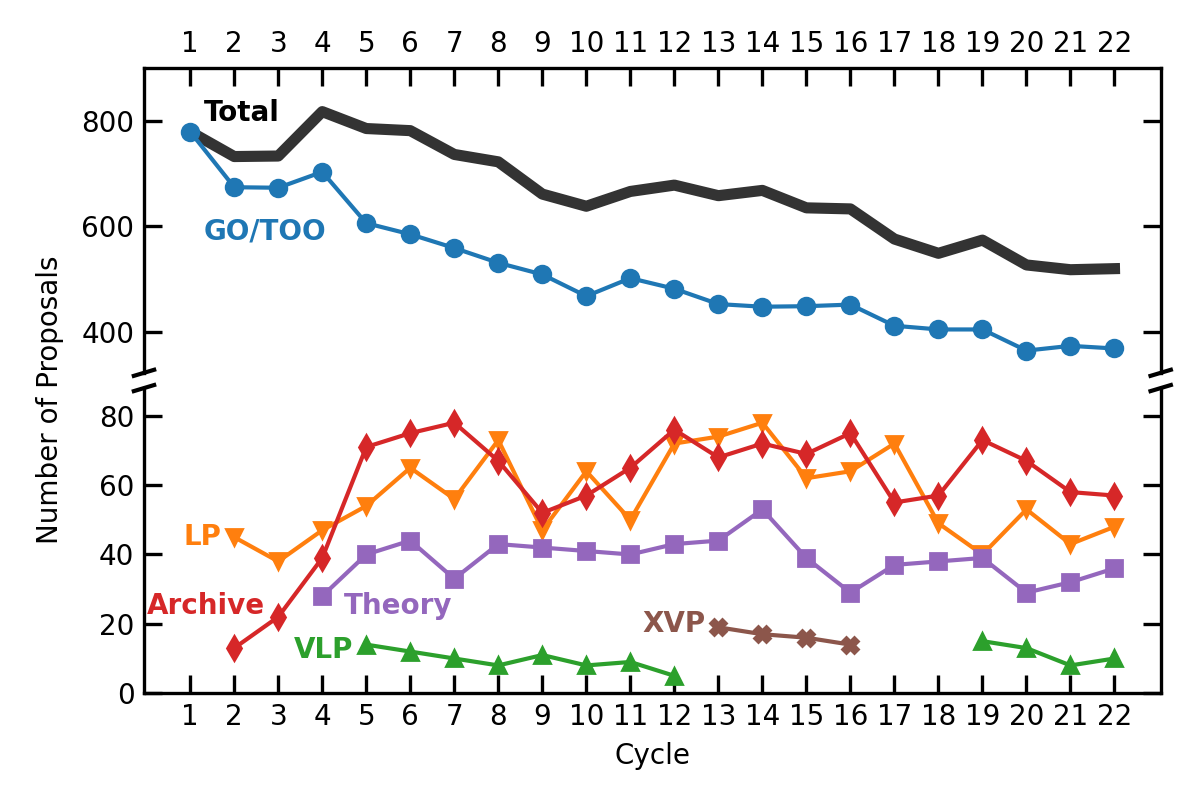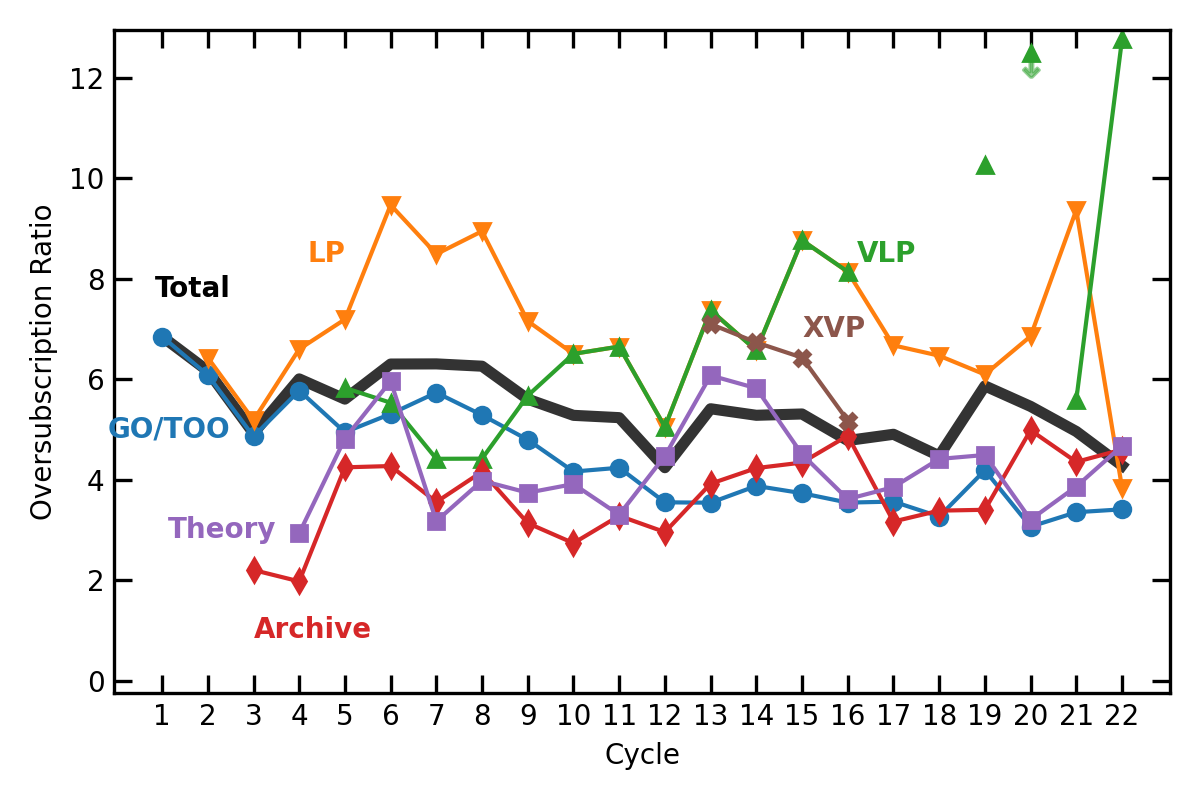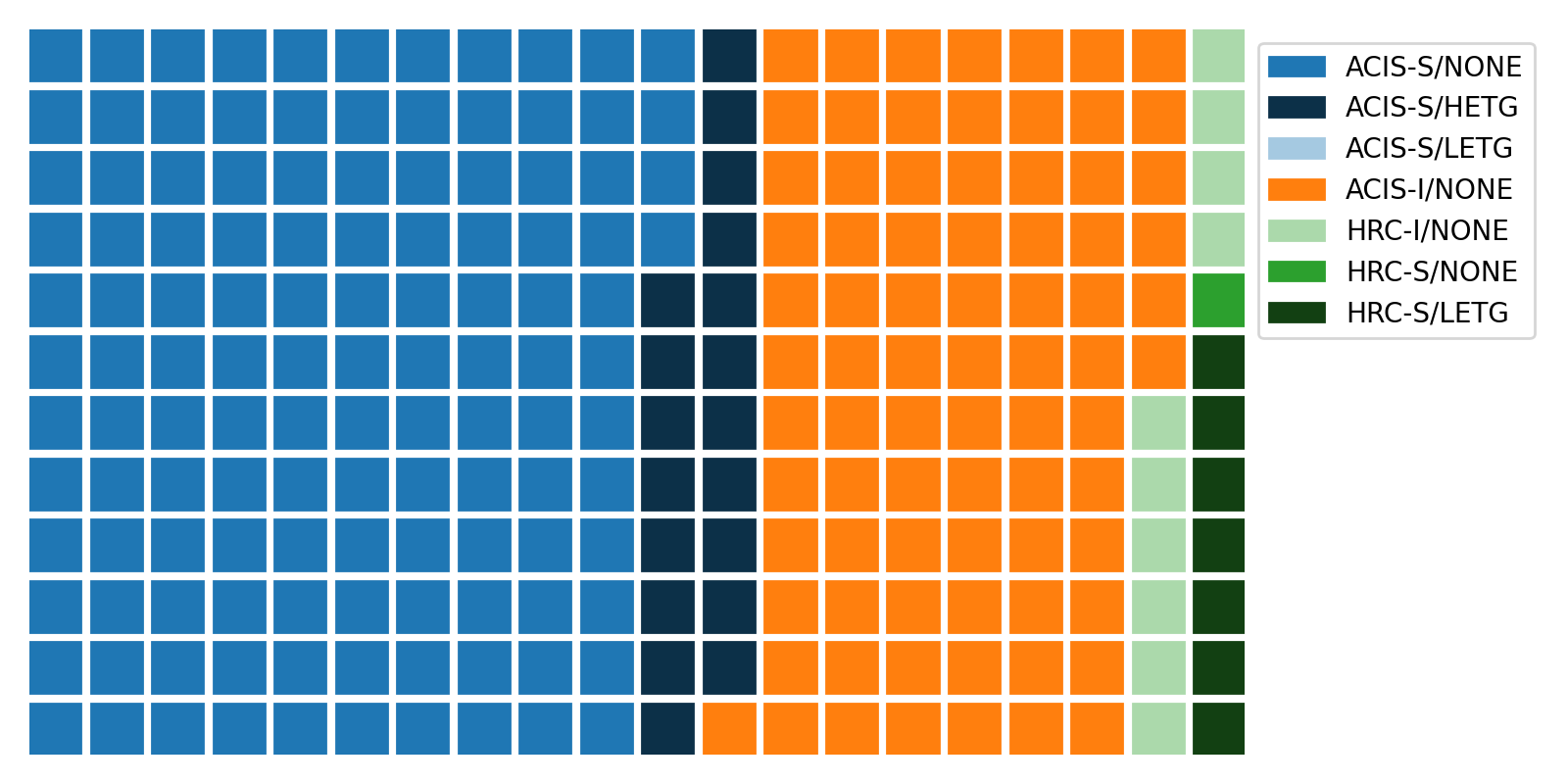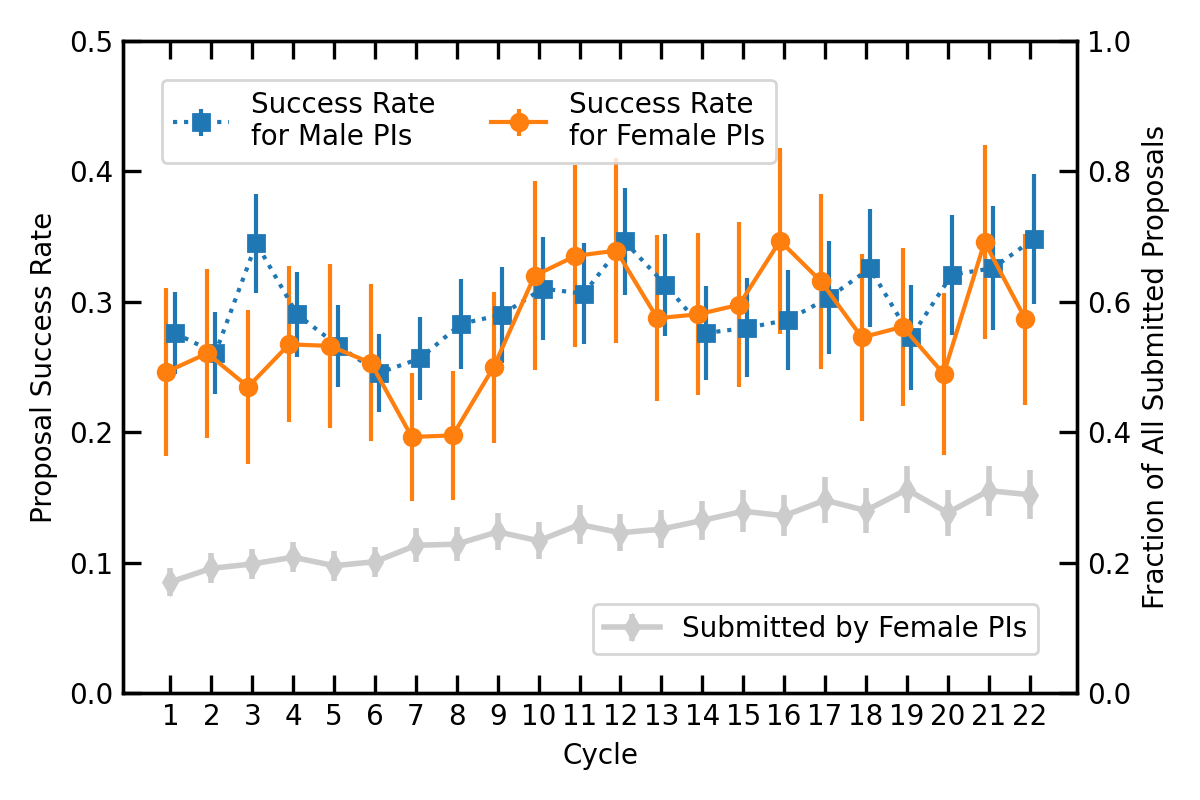Cycle 22 Peer Review
Andrea Prestwich
The rapid spread of the COVID-19 pandemic upended many carefully planned events, including the Cycle 22 Peer Review. By late March 2020 it was obvious that reviewers could not safely travel to Boston, requiring us to pivot to a completely remote peer review for the first time in Chandra’s history.
The Chandra review was held later in the year then several other NASA GO reviews, enabling us to learn from their experience. Based on such feedback, we scheduled panel discussions in focussed 5-hour slots approximately 10AM to 3PM (US EDT) to accommodate reviewers in various time zones. To compensate for shorter discussion days, the review was lengthened from 5 to 7 days, and spanned a weekend. We are very grateful that all our reviewers were able to accommodate this late change to their summer schedule. The virtual environment also required that we re-think many other aspects of our review: for example, how to network the panel database machines and to ensure that our reviewers could effectively communicate with other and CXC staff. This was a very significant effort by multiple CXC groups — those of us in the Director’s Office are very grateful for their support and hard work.
From a CXC perspective, the review went very smoothly, despite these challenges. I’m also pleased to report that the reviewers also felt that the review went well. In a post-review survey, 83% of respondents reported that their overall experience was very good or excellent, and ~98% rated communications between reviewers and the CXC as good or sufficient (86% as good). Reviewers were split on whether they prefer a face-to-face (f2f) or a remote review: 30% prefer remote, 35% prefer f2f and 33% have no preference. Despite the fact that f2f reviews are slightly more popular than remote, 37% of respondents stated that they would be more likely to accept an invitation to a remote review than a f2f review, 49% had no preference and 13% would be less likely to accept an invitation to a remote review. Full survey results are below.
At the time of writing (November 2020) there has been hopeful news about potential COVID-19 vaccines, but no clarity as to whether travel will be safe in June of 2021. Given the overall positive responses to the survey, the Chandra Cycle 23 review will be remote.
Cycle 22 Proposal Statistics
The programs approved for Chandra’s 22th observing cycle are now underway. The Cycle 23 Call for Proposals (CfP) will be released on 15 December 2020 and the proposal deadline is 17 March 2021. Cycle 22 proposal statistics can be found in Figures 1-6 and on the CXC website.

Figure 1: The number of proposals submitted in each proposal category (e.g., GO, LP, Archive etc.) as a function of cycle. The y-axis is broken to indicate the entire range. Since more proposal categories have become available in each cycle, the number classified as GO has decreased as others increased.

Figure 2: The effective oversubscription ratio in terms of observing time for each proposal category as a function of cycle. Total oversubscription ratio is shown as the black solid line. Note that some of the fluctuations are due to small number statistics (e.g., Theory proposals). In Cycle 20, none of the submitted VLP proposals were selected by the peer review.

Figure 3: The requested and approved time as a function of cycle in ks including allowance for the probability of triggering each TOO. The available time increased over the first three cycles, and in Cycle 5 with the introduction of Very Large Projects (VLPs). The subsequent increase in time to be awarded due to the increasing observing efficiency and the corresponding increase in requested time in response to the calls for X-ray Visionary Projects (XVPs) in Cycles 13-16 is clear.

Figure 4: A waffle chart indicating the percentage of Chandra time allocated in each science category. Note that the time available for each science category is determined by the demand.

Figure 5: A waffle chart showing the percentage of Chandra time allocated to observations for each instrument configuration.

Figure 6: The success rate of male (orange) and female (blue) PIs as a function of cycle, and the overall fraction of female PIs (grey). Since Cycle 10, the success rate for female and male PIs has been statistically indistinguishable.
The complete Cycle 22 peer review statistics are available here.
Cost Proposals
PIs of proposals with US collaborators were invited to submit Cost Proposals, due in Sept 2020 at SAO. Each project was allocated a budget based on the details of the observing program (see Section 10 of the Call for Proposals). Awards were made at the allocated or requested budget levels, whichever was lower. The award letters were e-mailed in December, in time for the official start of Cycle 22 on 1 Jan 2020.